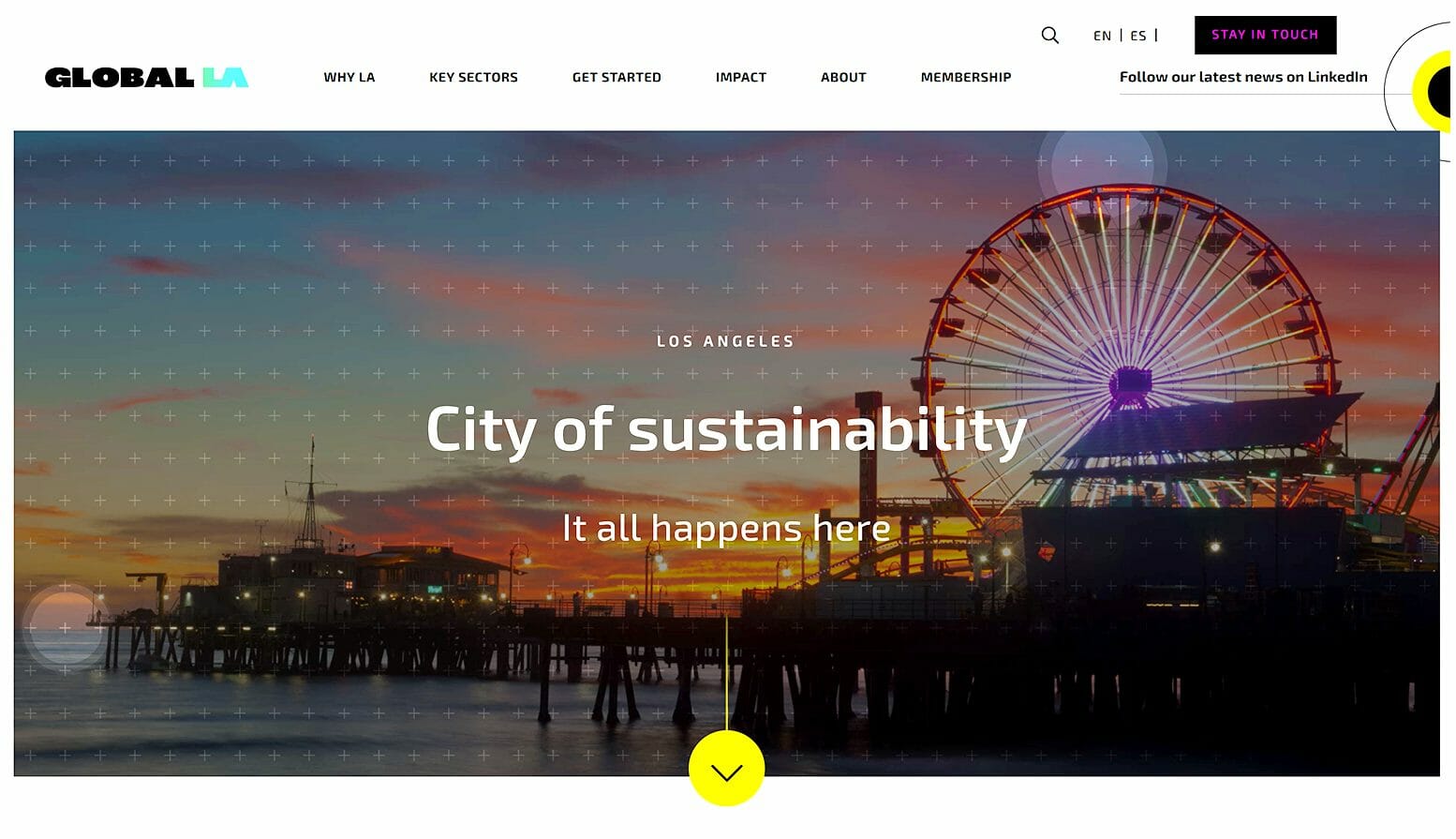14 Oct ‘19
What Are Inbound Links and Why Do They Matter to Me?
14 Oct ‘19
In: Uncategorized, / By: Ripe Media
There are some bits of jargon that should be avoided like the plague—phrases like ‘helicopter overview’ and ‘touching base’. And while marketing is replete with jargon phrases, ‘inbound links’ shoulndn’t be one of them.
Inbound linking is one of the most important factors in SEO. And good SEO means more eyes on your content and your website. More eyes on your content and website means more sales. See where we’re going with this?
In this article, we’ll outline what inbound links are, why everybody talks about them, and how to start building them. By the end, they won’t sound like jargon, they’ll sound like your golden ticket to more customers.
Let’s get started.
Back to Basics
Simply, an inbound link is a link to your website from somebody else’s.
This type of link can crop up in lots of different contexts depending on why the link source is being referenced. Usually, links will be placed in the text to offer the reader a chance to learn more about the subject.
A food blogger writing about nutrition might link to a health website that talks about the importance of Vitamin C, for instance. A Forbes article about the newest sleep apps might link to each app’s website.
In these instances, the health website has an inbound link as do each of the app websites.
What Are Backlinks?
Backlinks are the same as inbound links and the term refers to it linking back to your website. Other terms include ‘incoming links’ and ‘inward links’.
All these terms relate to links coming to your website. But you could put a link on your website to another website, which would be an external link to you but an inbound link for them.
Why Are Inbound Links Important?
Every SEO guide will tell you that inbound linking is one of the most important factors for getting traffic. But why?
It’s all about the authority your website has in the eyes of search engines. To give their users the most accurate results, search engines have ways of judging how useful a website is.
If a website is deemed useful and relevant, it will appear higher in search rankings for its keywords. Given that the first page of Google gets the vast majority of clicks, your website must be as high up the rankings as possible.
One of the ways search engines gauge the quality of a website is by its inbound links. If a website is linked to from many other websites, search engines assume that it’s a useful website and ranks it more highly.
This effect on search engine ranking is why inbound links are so important.
So I Just Needs Loads of Inbound Links?
Yes, but it’s not quite as straight forward as that. Not all inbound links are worth the same in the eyes of search engines.
Search engines trust inbound links more if they come from highly-ranked websites. If a blog with five page views a month and three posts links to your website, search engines aren’t going to think much of it. But if a reputable website like Forbes links to your website, that will be taken as a much better indicator.
The key to good inbound links is the quality of the website they appear on.
How Do I Get Inbound Links?
Now for the tricky part. You know that inbound links are crucial to improving your search engine ranking but how do you get inbound links in the first place?
There are a few ways to do it and they all fall into two categories. The wrong way and the right way.
The Wrong Way
Backlink building is often associated with paying for links. This often leads to links being randomly placed in irrelevant text across low-quality websites. While you’ll get a lot of inbound links this way, search engines won’t see them as good quality and can even down-rank your website because of it.
There aren’t many shortcuts in inbound link building so if an opportunity sounds like it’s too good to be true, it probably is.
The Right Way
There’s not just one way to get good inbound links. Here are a few ideas.
Quality Content
The best way to get inbound links is to create content that other websites will want to link to. Generating useful and engaging content has many benefits for SEO in general but its ability to attract inbound links is big.
With great content, you can share it across social media and increase your following. When others read and enjoy your content, they might share it or reference it on other websites.
Inbound link building in this manner is a long-term goal but the most genuine and powerful.
Guest Posts
As good content is a solid SEO tactic in itself, many websites are in need of it. Accepting guest posts is an easy way to ensure content is regularly posted and you can use this to your advantage.
By seeking out related websites to your own and offering a guest post, you can create content for someone else and get a backlink to your website. Not only does this give you a quality inbound link but it also gets your expertise in front of a new audience.
Reaching out to high-quality websites and asking to guest post is time-consuming though. And that’s before you’ve written the content. By using our guest posting services, we do all the hard work for you, including creating outstanding content.
Visual Content
Generating shareable visual content is a creative way to get inbound links. Infographics, graphs, and other visuals are difficult to create. This makes them highly shareable by other websites who don’t want to create their own.
When a website shares or embeds your visual content, you should get an inbound link to the source, i.e. your website.
Get Backlink Building
Getting inbound links isn’t a quick strategy but it is a powerful, long-term one. By creating great content and becoming an authority in your industry, more and more websites will link to yours of their own accord.
By offering content like guest posts to others, you’re building valuable relationships as well as adding to your SEO strategy.
Get in touch to find out how we can help you build and implement an inbound linking strategy that works.















